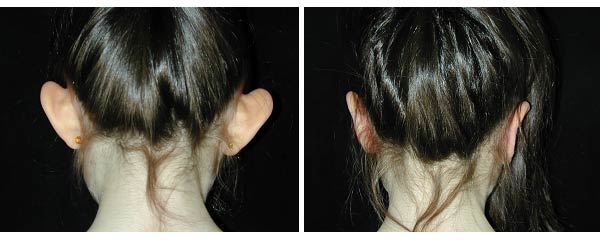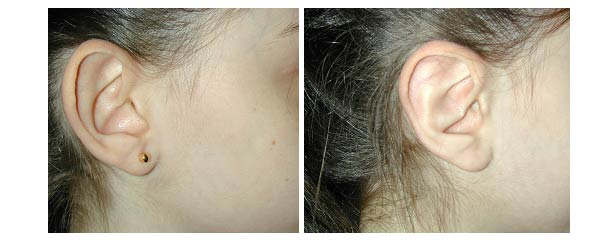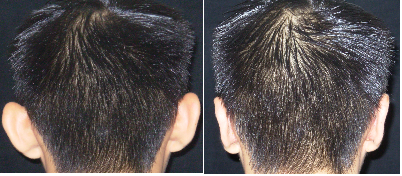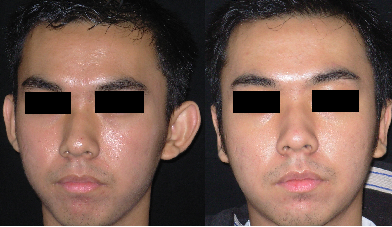What is Otoplasty?
Otoplasty, is commonly performed on protruding ears, ears that stick out too far from the head in children and adults and often having varying degrees of absence of the fold (antihelical fold) of the ear. This inherited condition in which the ears protrude often cause children and adults to be very self-conscious. It is not uncommon for women and young girls to never wear their hair up, keeping their hair covering their ears.
Consulting with Dr. Mezrow:
During the consultation, Dr. Mezrow will ask you about your particular concerns regarding your ears. This will help determine your expectations and determine whether they can be realistically achieved.
After obtaining a comprehensive medical and surgical history, Dr. Mezrow will perform an examination of your ears. The degree of ear protrusion will be assessed including the amount of excess cartilage and degree of absence of the antihelical fold of the ear. Following a complete examination, Dr. Mezrow will discuss with you which of many surgical techniques you are a candidate for. The particular technique that is suggested will depend on many factors such as the amount of excess ear cartilage, amount of ear protrusion and the degree of absence of the antihelical fold.
Who is a candidate?
Otoplasty surgery is performed in children usually after the approximate age of five when the majority of ear growth is complete.
Check out Before and After photos of our clients
How is the procedure done/Where will I have scars?
The procedure is typically performed under local anesthesia and takes approximately 1-3 hours to perform. Usually, the surgery is performed through an incision placed in the fold behind the ear where if necessary excess cartilage is removed, sutures are used to better define or create an antihelical fold as well set back the ears. A head dressing is placed at the time of surgery. Most patients recover within 1 to 2 hours after surgery and are discharged home.
Otoplasty is usually performed as an outpatient procedure. You may be permitted to go home after recovery. After surgery, you should rest quietly with having your head elevated. It is important to arrange for someone to drive you home after surgery and to stay with you for at least the next day or two.
What kind of medications will be given to me?
Medications are administered for your comfort during the surgical procedure. Typically, a local anesthetic is administered, so that you will be comfortable throughout the procedure.








